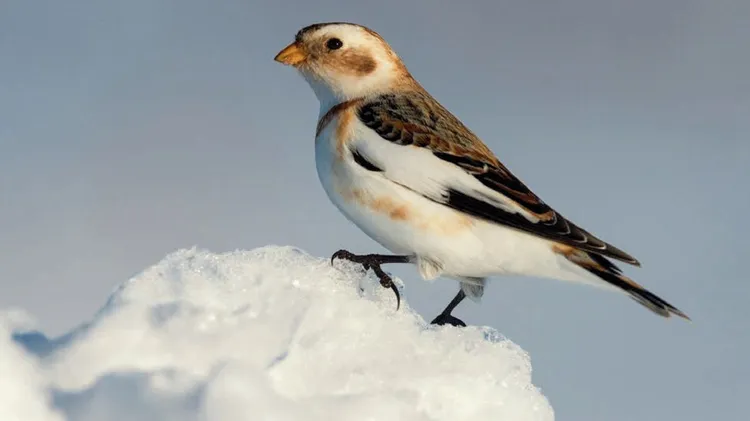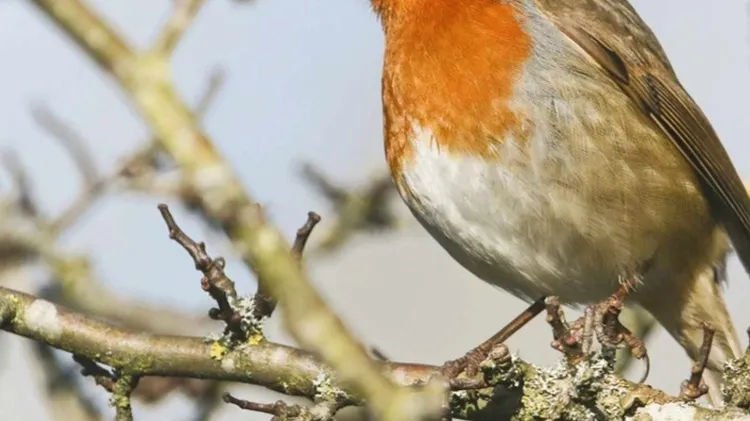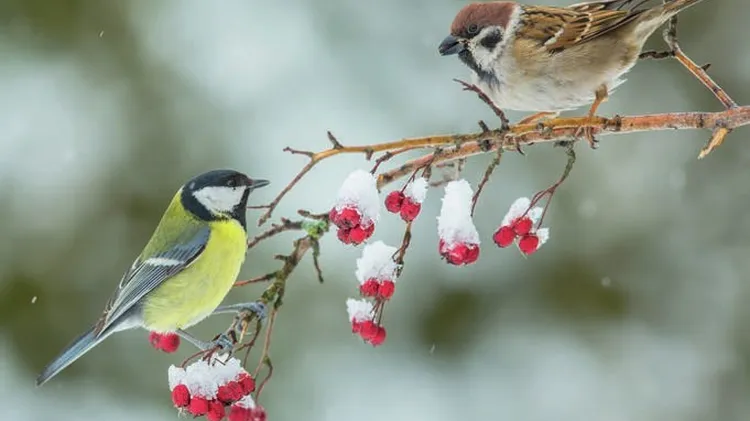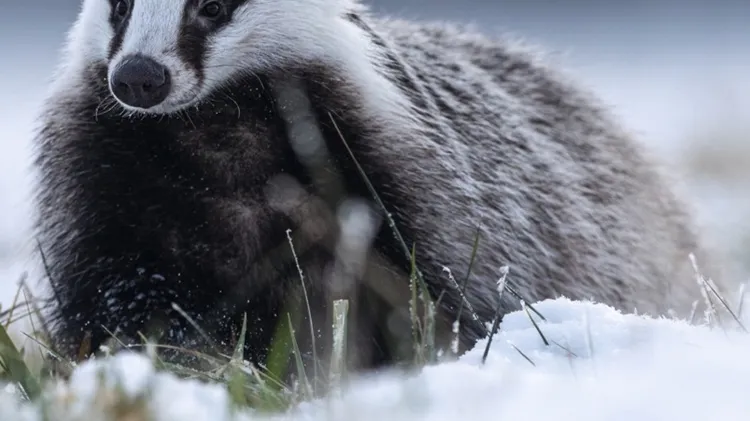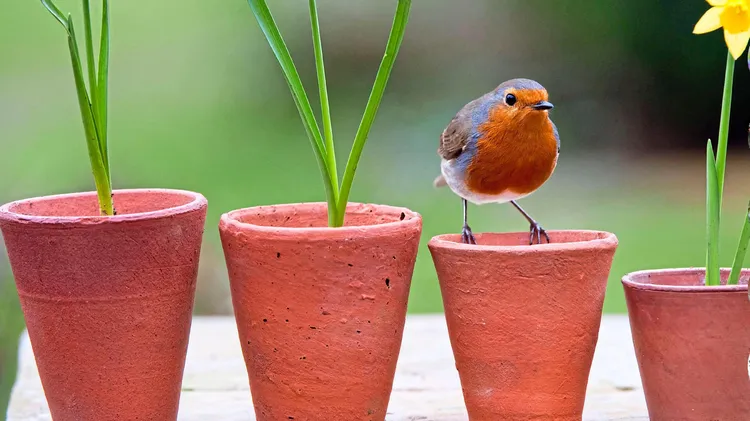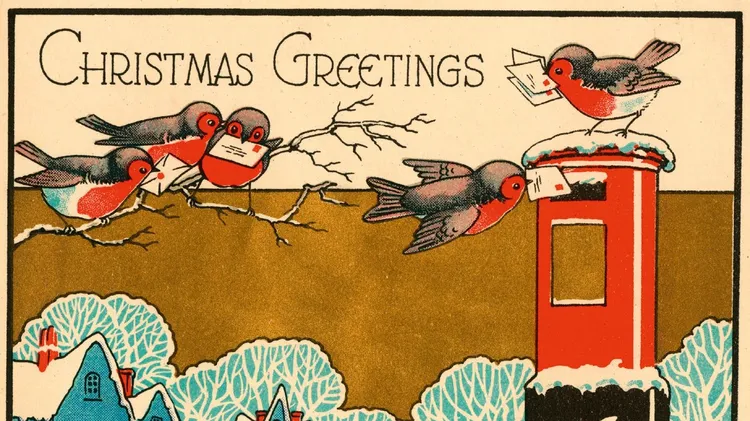Buntings are the ‘other’ seed-eating songbirds. Unlike garden
Id guide: buntings
2 min read
This article is from...
Read this article and 8000+ more magazines and newspapers on Readly

